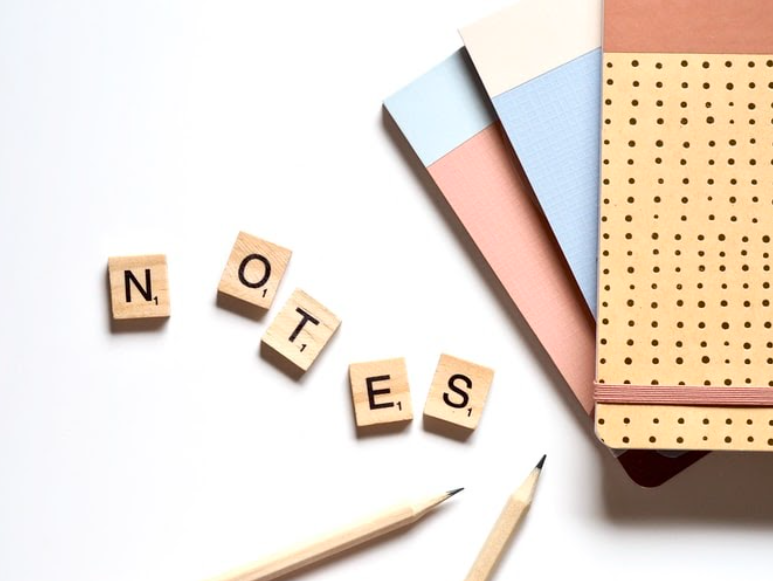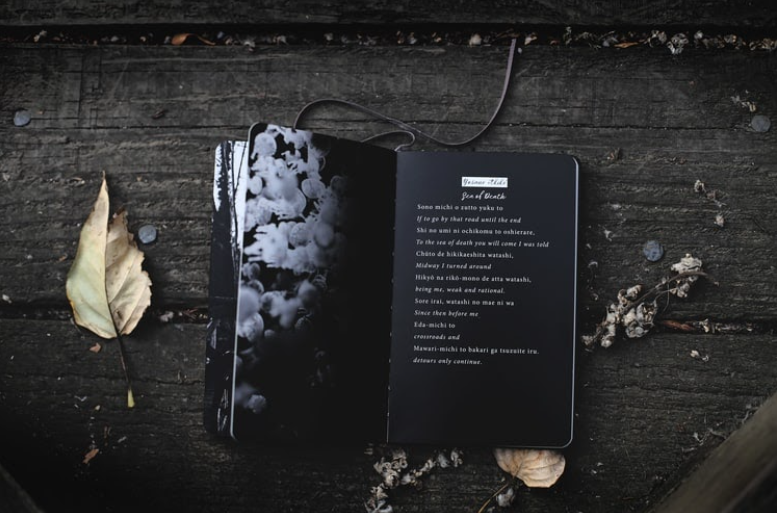Critical Reading Exercises for High School Students—Teaching Critical Reading
The importance of reading and writing skills for your student’s professional and personal growth cannot be underestimated. They will use critical reading and writing for college, work, and in their personal lives. However, finding a fun way to teach reading skills to high school students remains a challenge for teachers across the U.S.
Students need to possess soft skills to read critically. Being able to think critically, retain many subject matters in their heads, and articulate their thoughts on the text they read are only some of them.
When you are thinking of how to teach reading and reading comprehension strategies to your students, one factor should be of primary importance. Your students need to like reading to truly improve their reading skills through exercises.
What will determine whether your students will grow to enjoy critical reading is not the exercises you make them do but how you execute them.
Getting Students To Look Forward to Critical Reading Lessons


Credit: Claudia Wolff
For many decades, students thought that reading is, first and foremost, an obligation—something they need to “complete” as yet another assignment for school. This kind of approach to reading is harmful on more than one level.
The primary danger of this approach to reading is that students don’t form the habit of reading for fun. It also makes them read what they have to passively. If students look at reading as a chore they have to do, they can’t practice critical reading.
Before you assign the activities that should improve your students’ reading skills, you should decide how you will make them see that learning to read actively benefits them.
To that end, here are some ideas you can consider to encourage your students to enjoy critical reading exercises:
- Explain to your students why critical reading skills matter in the real world
- Encourage them to open up about any struggles they have with reading exercises
- Give them authority when choosing the reading material
- Show your students reading is cool now
Get Students Motivated To Read Critically
To motivate your students to engage with their assignments, you have to show them why critical reading skills matter. They need to realize that reading actively isn’t going to affect only the grade you give them, but all aspects of their lives.
Tell your students that practicing critical reading will:
- Boost their employment prospects
- Enable them to think for themselves
- Give them the tools they need to argue their point in any situation
- Make them a better conversationalist
- Reveal their own biases and suppressed beliefs
- Help them judge people and situations in their life objectively
When your students are aware of all the benefits of critical reading, they will be more motivated to do the classroom assignments you give them. It will also help them truly progress.
Help Students That Don’t Like Reading
Studies show that 33% of high school students will not read for pleasure after they graduate. The number indicates that many students don’t like reading, and the reasons are numerous.
As a teacher, you should make your students open up about whatever it is that they find challenging about reading assignments. When you identify the problem with your students, you should go out of your way to help them deal with it. Encourage them to take up reading—even if it’s in small chunks, at first—on their own and teach them the strategies they can employ to start reading for fun.
You can always exploit their favorite pastime, which is probably scrolling through their smartphones, and teach them reading through apps. The apps that encourage students to read offer short, engaging, and lighthearted texts. They are also usually designed as games students play while reading texts. Making students install and use some of these apps can help them see reading is fun. It also makes them practice critical reading since they have to engage with the text to play the game.
Developing Critical Reading Skills Through Hobbies

Credit: Jess Bailey
Whether they know it or not, your students do a lot of critical reading on their own already—you only need to make them see that. For example, many of them could be into young adult fiction. While they’re devouring these books for fun, they are constantly questioning what the author wanted to say with this character or that plot point. They also form unique opinions about the books they read and might even be reviewing them on popular sites, like Goodreads. These are all critical reading activities.
Students can also employ critical reading in their other hobbies. Even if your students are not bookworms—yet—they most certainly like to listen to music. Getting hooked on a song means they’re thinking about the lyrics and analyzing them in their heads, even if they’re doing it unconsciously.
To stimulate your students to take up active reading, you should tell them to bring their favorite reading material to class. Whether it’s the young adult fiction or the lyrics to the newest Billie Eilish song, encourage your students to join debates with one another about the subject of the material. That way, you are teaching students critical reading using their respective hobbies.
When the activity is over, tell your students they have just done a critical reading exercise. Since they weren’t made to read critically but encouraged to do so through their hobbies, they will engage with the next assignment much more willingly.
Show Students Reading Isn’t Nerdy
One misconception your students might hold—and that you can dispel—is that reading is only for ‘nerds.’ You have to show them that the time when people who enjoyed a good book were considered uncool has long passed.
Technological innovations and social media platforms contributed to making reading cool again—think Kindle and audiobooks or the Bookstagram and BookTube communities.
Whether you want your students to start doing a critical reading exercise with an assigned piece of classic literature or a novel of their choosing, you will probably find a critical analysis on it on YouTube. Why not show it to your students and make them see just how much the community of book lovers has grown in the last couple of years?
If they aren’t already a member of that community, the activity will make them feel like they’re missing out. If they are, it can only heighten their desire to develop some reading skills of their own and be able to articulate why they loved or otherwise hated the last book they read.
Teaching Critical Reading Through Exercises

Credit: Jess Bailey
When you get your students motivated to learn critical reading skills, plan and execute activities that will help them do just that.
Here are some ideas you can make your own, according to your teaching style or your school’s curriculum:
- ‘Chatting’ with the text
- Reviewing the reviews
- Skimming and scanning scholarly journals
- Reading different poetry
- Employing double-entry journals
You Said What?
One of the most important strategies for close reading is annotation, and your students need to realize this too. One way you can make annotation fun for them is by allowing them to leave comments that resemble the text messages they exchange with their friends. This means that their initial comments don’t need to be elaborate, grammatically accurate, or follow any similar rules.
Since it’s best to integrate annotation into a complete reading activity, this exercise will have three parts:
- Before reading—your students will find it easier to understand what they’re reading and, in turn, comment on it after they have been given a broader picture of the material. You could introduce the topic of their reading material through discussion or give your students the main keywords of the topic to predict it
- During reading—while your students are reading the text you gave them, instruct them to write comments on their copies directly. You can encourage them to be informal and use slang as much as they want to. Their comments can be anything from “c’mon!” and “seriously?” to “they’ve got to be joking” and “I don’t believe he/she (the author) just said that.” Your students can write more articulate responses to the text on the second read-through
- After reading—when your students are done reading, have a class discussion about the text. You can also make them exchange their copies and review each other’s comments
Whose Review Is Better?
The point of any critical reading is to spark debates, generate original opinions, and result in your students’ individual commentary of the text. Before making your students come up with their own reviews, give them other reviews to study to let them learn from examples.
An excellent idea is to get different reviews on the same topic—it can be a movie, a book, or a music record review—and have your students compare them. The key factor of the exercise is that the different reviews should come from two different types of media. For example, it can be a review of the movie Joker from the international edition of The Guardian and the Late to the Game blog.
The questions your students can answer after going through both reviews are which of the two:
- Uses more informal language
- Refers to other sources of information regularly
- Gets the point across more efficiently
- Advocates a more “popular” opinion
- Convinces your students to “accept” the expressed argument better
Who Are These Papers for Anyway?
Many times, it happens that first-year college students don’t know what has befallen them when they’re presented with academic papers. It’s small wonder if they hadn’t been taught such writing forms before they enrolled in their chosen higher education institutions.
You have to teach your high school students critical reading so that they don’t get lost and overwhelmed by the type of reading assignments they’ll have in college.
You can anticipate this by gathering scholarly journals—the more varied their subjects, the better—and distributing them to your students for a classroom activity.
Here’s how the exercise can go:
- Divide your students into teams
- Give a different scholarly journal to each team
- Tell them to identify the field the paper belongs to
- Let students examine the structure of the scholarly papers
- Instruct students to predict what the article is about based on the title
You can also ask students whether they are familiar with certain parts of the paper, such as abstracts and the list of references. If not, tell them what these structural parts are and what purpose they serve. Students should read at least one scholarly paper. They can decide which one after reading several abstracts and determining which themes are interesting to them. In the end, ask your students what the audience of the papers is (their age, ethnicity, and area of study).
Your students will benefit from this exercise because it will make them study the structure of texts they haven’t seen before. They will also make predictions about the topics of articles, skim the texts to get the gist and scan them for particular information.
How About Some Contemporary Poetry?

Credit: Ksenia Makagonova
If your students have Instagram accounts, they are certainly familiar with one name in contemporary poetry—Rupi Kaur. A good idea is to teach poetry reading strategies through her or the works of her contemporary colleagues.
Take a look at the Book Riot’s collection of 15 mind-blowing lines of contemporary poetry or the New Yorker’s list of the best 2019 poems to get some ideas of what you could use in your classroom.
Here’s a possible scenario for a contemporary poetry reading activity in the classroom:
- Distribute the poem you picked to each student
- Tell them to visualize anything they can while reading and note it down
- Have them underline any parts of the poem they found confusing
- Ask each of your students to share their visualization and explain why that part was easy to imagine, i.e., understand
- Have an exchange of ideas during which you’ll clarify any parts that confused your students
- Make your students read the poem again
- Have a discussion on the broader themes and impressions the poem created
What’s a Double-Entry Journal?
You should introduce your students to a popular and efficient method for critical reading—double-entry journaling.
A double-entry journal is a fool-proof method to get your students to interact with the text while reading it. Double-entry journaling makes your students comment on the text as they’re reading it. The method of double-entry journaling is done through a table that has two columns and as many rows as the aspects you want your students to comment on. In the left column, your students copy the parts of the text, and in the right, they write their thoughts related to it.
Here’s an example of a double-entry journal table you can distribute to your students:
| The Text | The Comment |
|
Tone and style |
Is it academic, colloquial, advertising…? |
|
Main argument |
Is the author’s main point clear, valid, and convincing? |
|
The evidence |
How many primary or secondary sources are referred to? How credible is the evidence? |
|
Sentence or paragraph that stands out |
What is interesting about this particular part of the text? |
Critical Reading Worksheets
Worksheets are valuable assets that every teacher needs. Besides being the material you can use in your lessons, they can also give you ideas for designing activities when your own inspiration fails you.
Here are some worksheets you can use in your classroom to help students develop critical reading skills:
| Worksheet | Why It’s Useful |
|
You can use this worksheet for any critical reading exercise. It contains questions your students can ask before, during, and after reading texts. It also has a table students can use to jot down specific information about and comments on the material |
|
|
This downloadable worksheet from Franklin University contains the questions your students can answer for any reading exercise. You can use it both in the classroom and for assigning homework |
|
|
The Teachers Pay Teachers website offers numerous critical reading worksheets and other teacher resources you can buy for an economical price and use in your classroom or to plan your lessons |
Teaching Critical Reading to High Schoolers—Are There Any Gaps in the Curriculum?
By now, you must be brimming with ideas on how to introduce critical reading to your students and have them work on the skills they need to read actively.
In between designing activities and writing lesson plans, take a second to reflect on how much—or rather, how well—high schoolers in American schools are taught to think for themselves. Are they encouraged to solve complicated problems or present and refute arguments verbally and in writing? All of these are the skills that are woven into and nurtured through critical reading.
If you recognize the need to innovate American high schools, we invite you to contribute to the mission. Write your ideas on how we can transform school culture and reinvent education so that it’s available, efficient, and inclusive for all.
We’ll help your words reach a wider audience by publishing your text on our blog.

